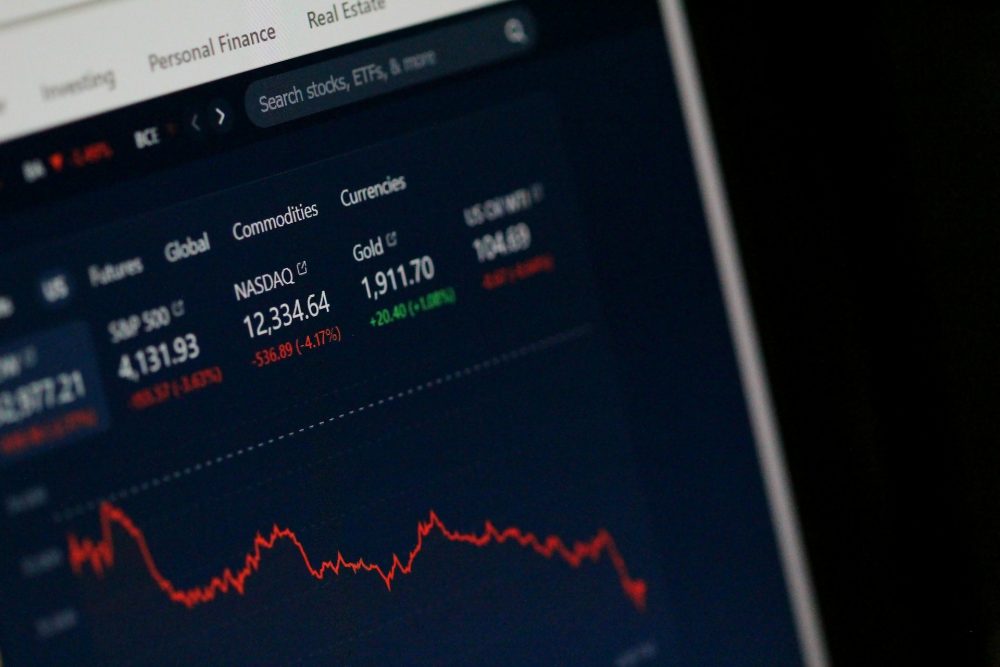Crypto
Bitcoin ETFs Attract Capital Again, While Ethereum ETFs Continue to Weaken
Ethereum ETFs launched in the U.S. a month ago, following Bitcoin ETFs, marking a significant shift for institutional crypto investments. Bitcoin ETFs saw $500 million in inflows recently, while Ethereum ETFs faced outflows due to profit-taking from Grayscale’s product. Bitcoin ETFs now hold $60 billion, while Ethereum ETFs manage $7.65 billion, reflecting differing demand dynamics.

ETFs based on Bitcoin and Ethereum have become price-relevant in the crypto year 2024. In the last trading week, Bitcoin ETFs were able to score points, but those based on Ethereum are having teething problems.
Ethereum ETFs have been traded in the USA for almost exactly a month , and their approval by the SEC was a nerve-wracking game. Bitcoin ETFs , on the other hand, have been approved in the USA since mid-January, and the SEC’s stance was predictable.
For the world’s two most important cryptocurrencies, the move to traditional US stock exchanges by being represented in ETFs was a turning point, as now institutional investors can also invest in Bitcoin and/or Ethereum in a regulated environment.
Bitcoin ETFs: Let’s take a closer look at the situation:
– According to data service SoSo, Bitcoin ETFs have seen a capital inflow of around $500 million in the past trading week, with Friday (23 August) standing out positively with $252 million. The last time Bitcoin ETFs attracted this much money in one day was on July, 22nd.
– The snapshot of Ethereum ETFs is different. SoSo recorded outflows of $5.7 million from Ethereum ETFs last Friday, thus continuing the trend. The last time Ethereum ETFs saw inflows was on August 14th.
– The main reason why money has been withdrawn from Ethereum ETFs on most trading days so far is the Grayscale product. This was previously a closed Ethereum fund and investors can now realize profits by converting it into an ETF. Such a mechanism also had a noticeable impact on the start-up phase of Bitcoin ETFs, but an end is in sight.
– Bitcoin ETFs currently have a total of almost $60 billion behind them, which corresponds to around 4.6 percent of the market capitalization of BTC. The crypto ETFs in the USA must be 100 percent covered by Bitcoin or Ethereum, so capital inflows are currently forcing the issuers to buy BTC and sell ETH.
– Grayscale’s Ethereum ETF currently has around $5 billion worth of ETH stored. If the pace of profit realization there remains roughly the same, it could take another quarter of a year before the inflows into the other Ethereum ETFs sustainably exceed Grayscale’s outflows. Ethereum ETFs currently represent $7.65 billion, or around 2.3 percent of ETH market capitalization.
– Daily trading volumes of Bitcoin ETFs are usually over $1 billion, while Ethereum ETFs are around $200 million. These data demonstrate demand for ETF products, but measured by the market capitalization of BTC and ETH, Ethereum ETFs still have some catching up to do.
– When the Bitcoin ETFs launched on January 11th, the leading crypto currency was trading at around $46,000 – currently it is trading at around $64,000. For the Ethereum ETFs, ETH was trading at around $3,400 when it debuted on July 23rd, and is now trading at around $2,700. The trends in the ETFs are therefore clearly reflected in the price curves of Bitcoin and Ethereum.
Conclusion: ETFs have become an important factor for Bitcoin and Ethereum
It seems as if Bitcoin’s image as “digital gold” and a store of value is currently very helpful in marketing ETFs. Financial policy uncertainties in the USA, along with persistent inflation, are practically advertising material for Bitcoin ETFs.
Ethereum has a harder time coming up with a catchy short description; the narrative of the ETH ecosystem as an app store for decentralized applications sounds a bit wooden and complicated. As an investor, you have long known that ETFs should not be missing from your analysis of the future prospects of Bitcoin and Ethereum – both for day trading and for medium and long-term strategies.
__
(Featured image by Eivind Pederson via Pixabay)
DISCLAIMER: This article was written by a third party contributor and does not reflect the opinion of Born2Invest, its management, staff or its associates. Please review our disclaimer for more information.
This article may include forward-looking statements. These forward-looking statements generally are identified by the words “believe,” “project,” “estimate,” “become,” “plan,” “will,” and similar expressions. These forward-looking statements involve known and unknown risks as well as uncertainties, including those discussed in the following cautionary statements and elsewhere in this article and on this site. Although the Company may believe that its expectations are based on reasonable assumptions, the actual results that the Company may achieve may differ materially from any forward-looking statements, which reflect the opinions of the management of the Company only as of the date hereof. Additionally, please make sure to read these important disclosures.
First published in BLOCK-BUILDERS.DE. A third-party contributor translated and adapted the article from the original. In case of discrepancy, the original will prevail.
Although we made reasonable efforts to provide accurate translations, some parts may be incorrect. Born2Invest assumes no responsibility for errors, omissions or ambiguities in the translations provided on this website. Any person or entity relying on translated content does so at their own risk. Born2Invest is not responsible for losses caused by such reliance on the accuracy or reliability of translated information. If you wish to report an error or inaccuracy in the translation, we encourage you to contact us

-

 Business2 weeks ago
Business2 weeks agoAmerica’s Debt Spiral: A $67 Trillion Reckoning Looms by 2035
-

 Markets2 days ago
Markets2 days agoThe Big Beautiful Bill: Market Highs Mask Debt and Divergence
-

 Crowdfunding2 weeks ago
Crowdfunding2 weeks agoTasty Life Raises €700,000 to Expand Pedol Brand and Launch Food-Tech Innovation
-

 Cannabis1 week ago
Cannabis1 week agoCannabis Clubs Approved in Hesse as Youth Interest in Cannabis Declines

























